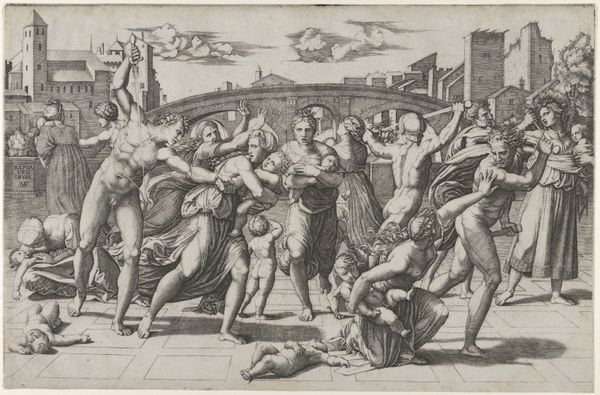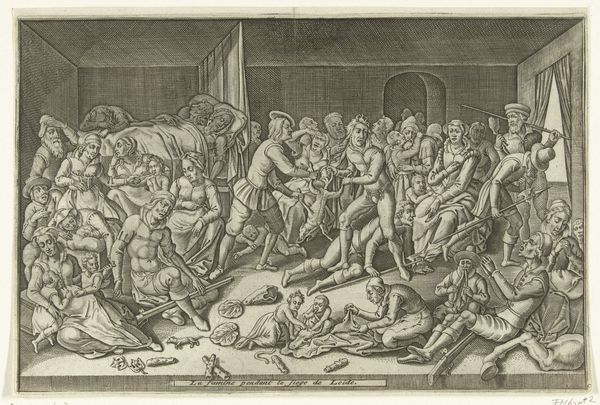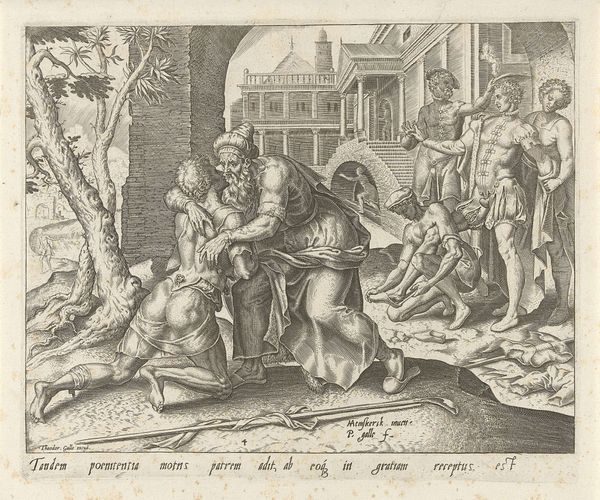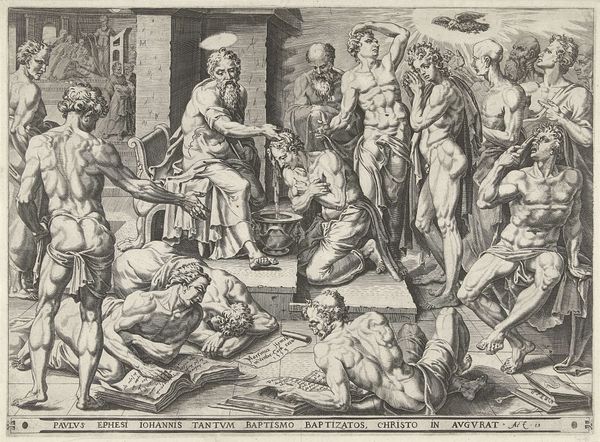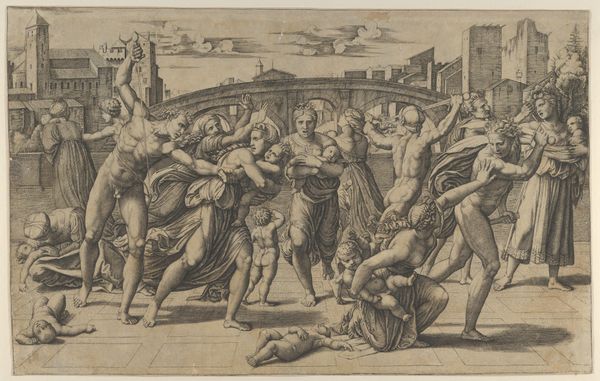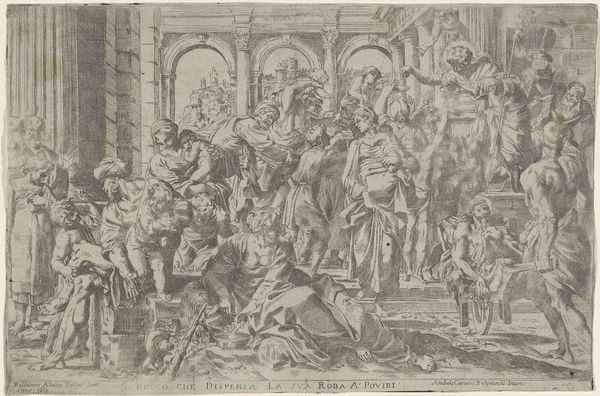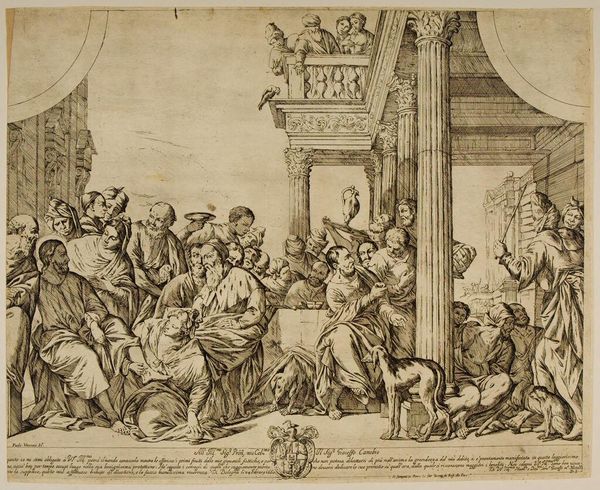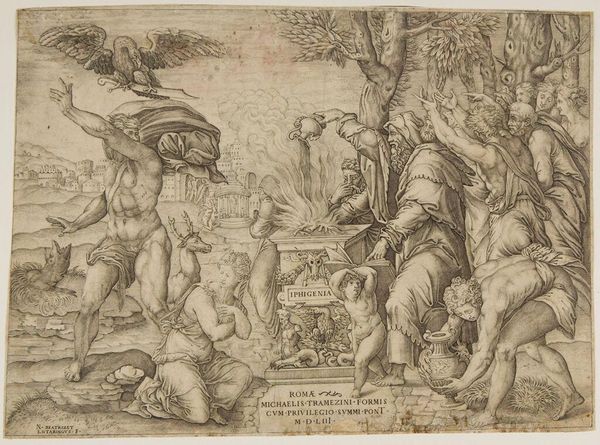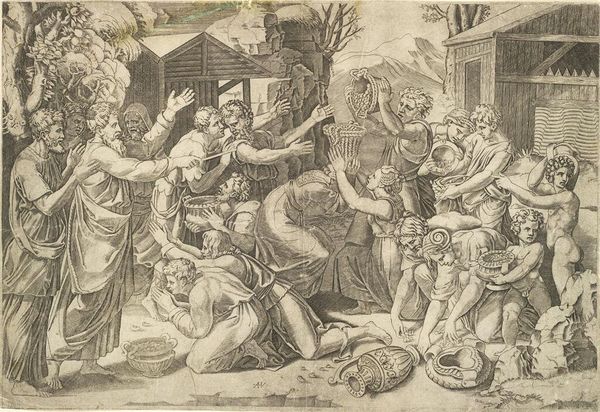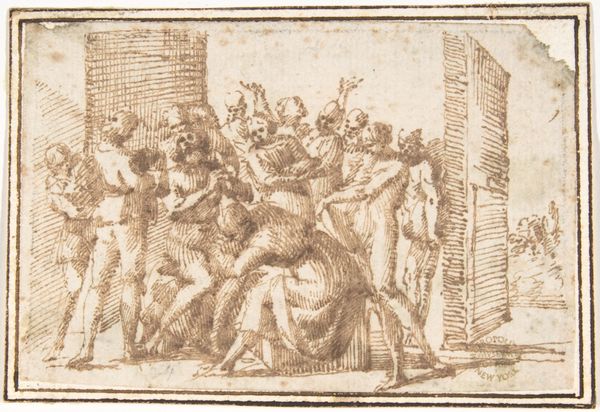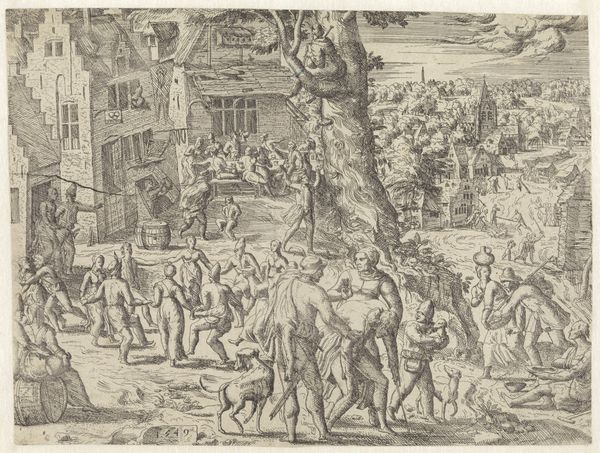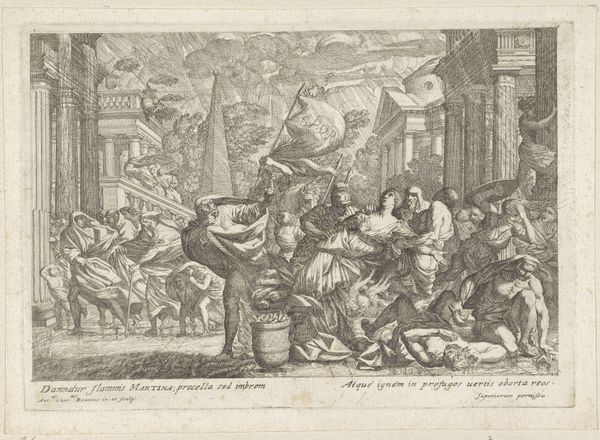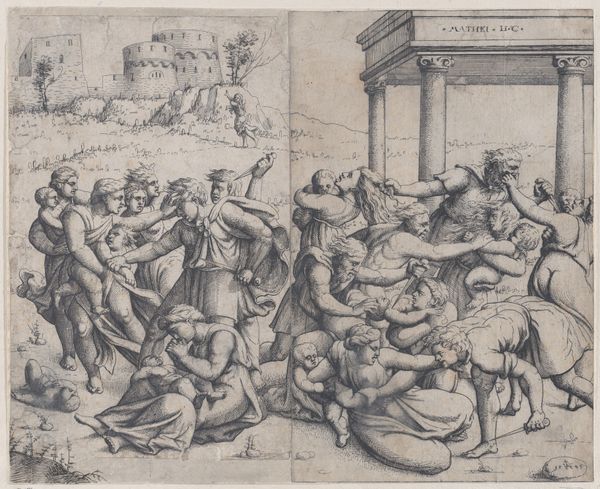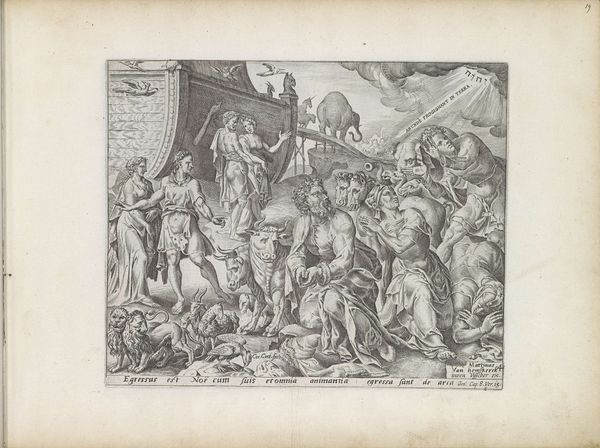
print, engraving
#
narrative-art
# print
#
figuration
#
history-painting
#
northern-renaissance
#
engraving
Dimensions: height 99 mm, width 151 mm
Copyright: Rijks Museum: Open Domain
Editor: This engraving, "Kindermoord in Bethlehem" or "Massacre of the Innocents", dates from 1510 to 1514. It's attributed to an anonymous Northern Renaissance artist and it depicts an incredibly violent scene. It makes me wonder, what can you tell us about the means through which images like this circulated and their broader meaning? Curator: What strikes me is the dissemination of violence. How did the materiality of this print, the labor involved in its creation, contribute to its cultural consumption? The fine lines, achieved through the intricate engraving process, actually amplified the graphic horror, making it both a commodity and a tool for religious messaging. How was the labour of producing this sort of print structured at this moment? Editor: That’s a good point about its use as a commodity. This being a print, it could be reproduced over and over. What kind of impact do you think it had on the audience of its day? Curator: Consider who consumed these images. It speaks to a growing market. Printmaking democratized images; this scene, rendered in excruciating detail, accessible beyond elite circles. We should think not only of devotional or moral impact, but how it provided income and even social status for artist printmakers in urban centers. Editor: I never considered that. It makes me consider who profited most from sharing and sensationalizing events of this magnitude and also where images like this are stored, now. Thanks! Curator: Indeed. Reflecting on how this technology shapes and reflects power structures shifts the way we see this print, beyond just its narrative.
Comments
No comments
Be the first to comment and join the conversation on the ultimate creative platform.
